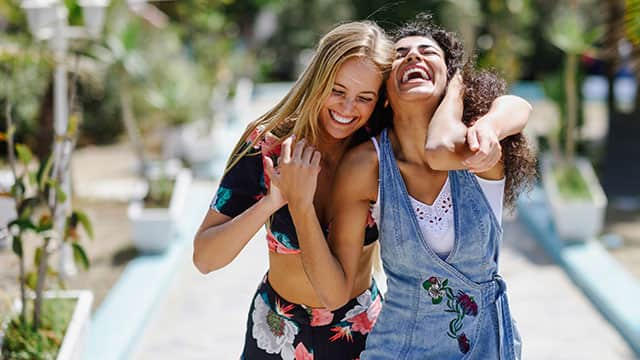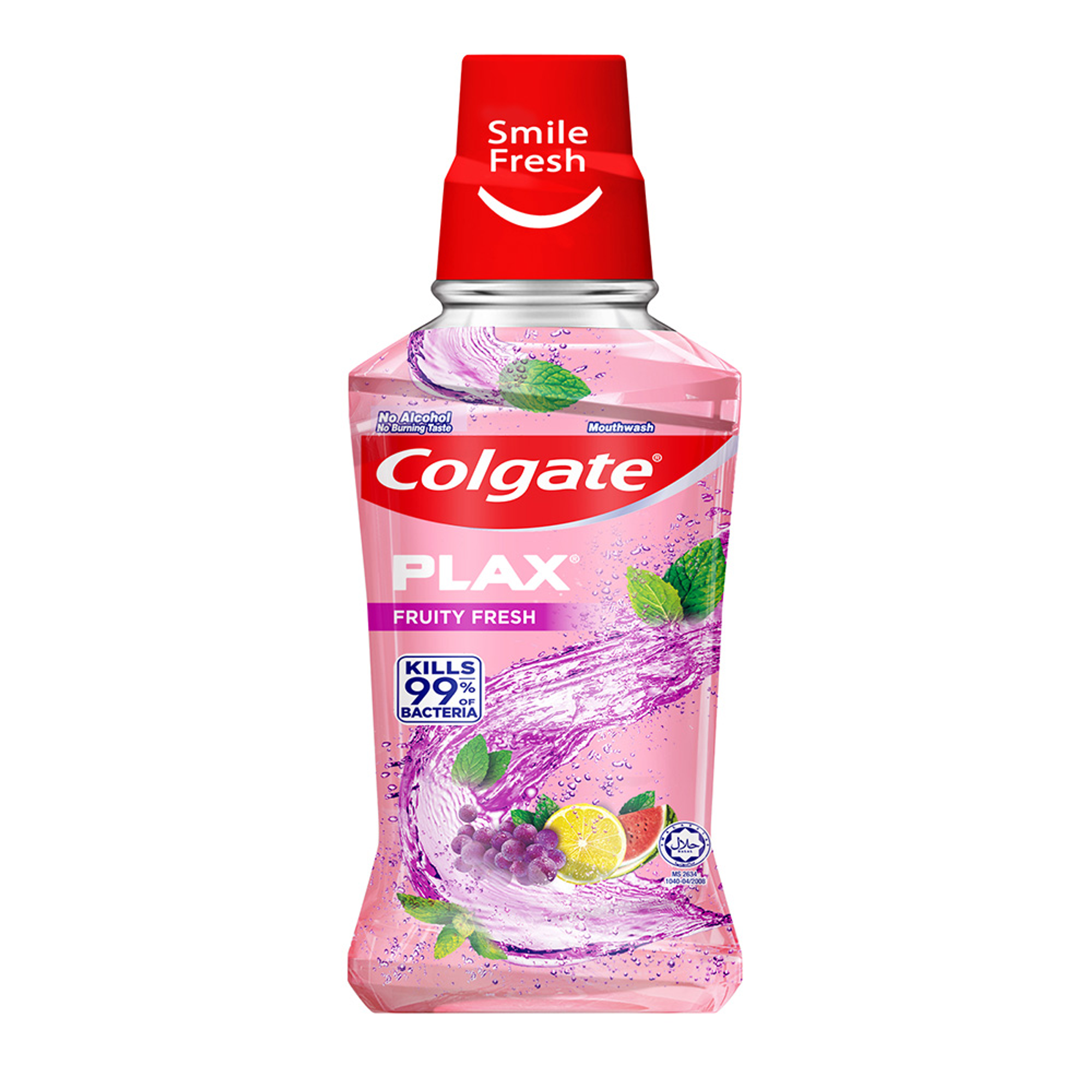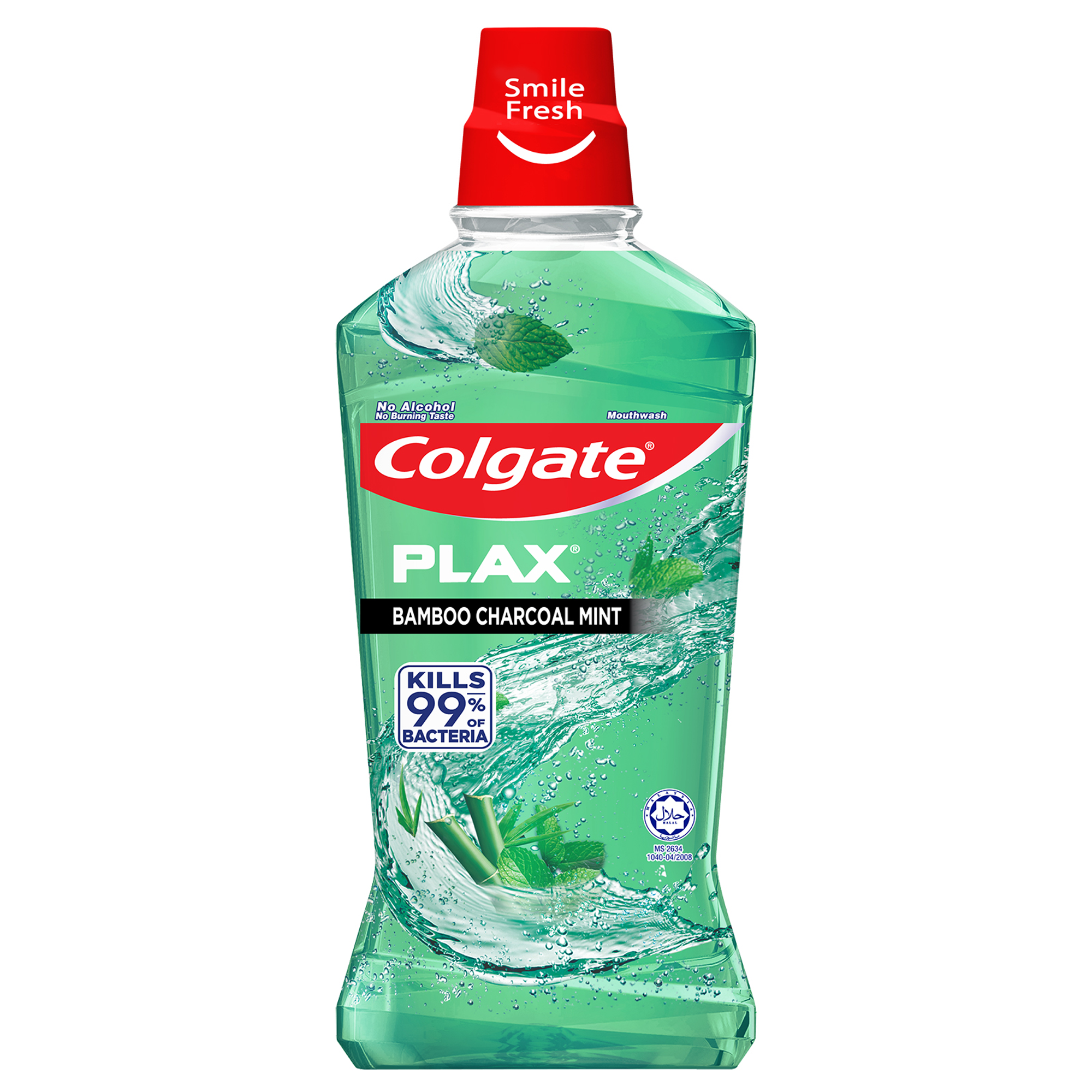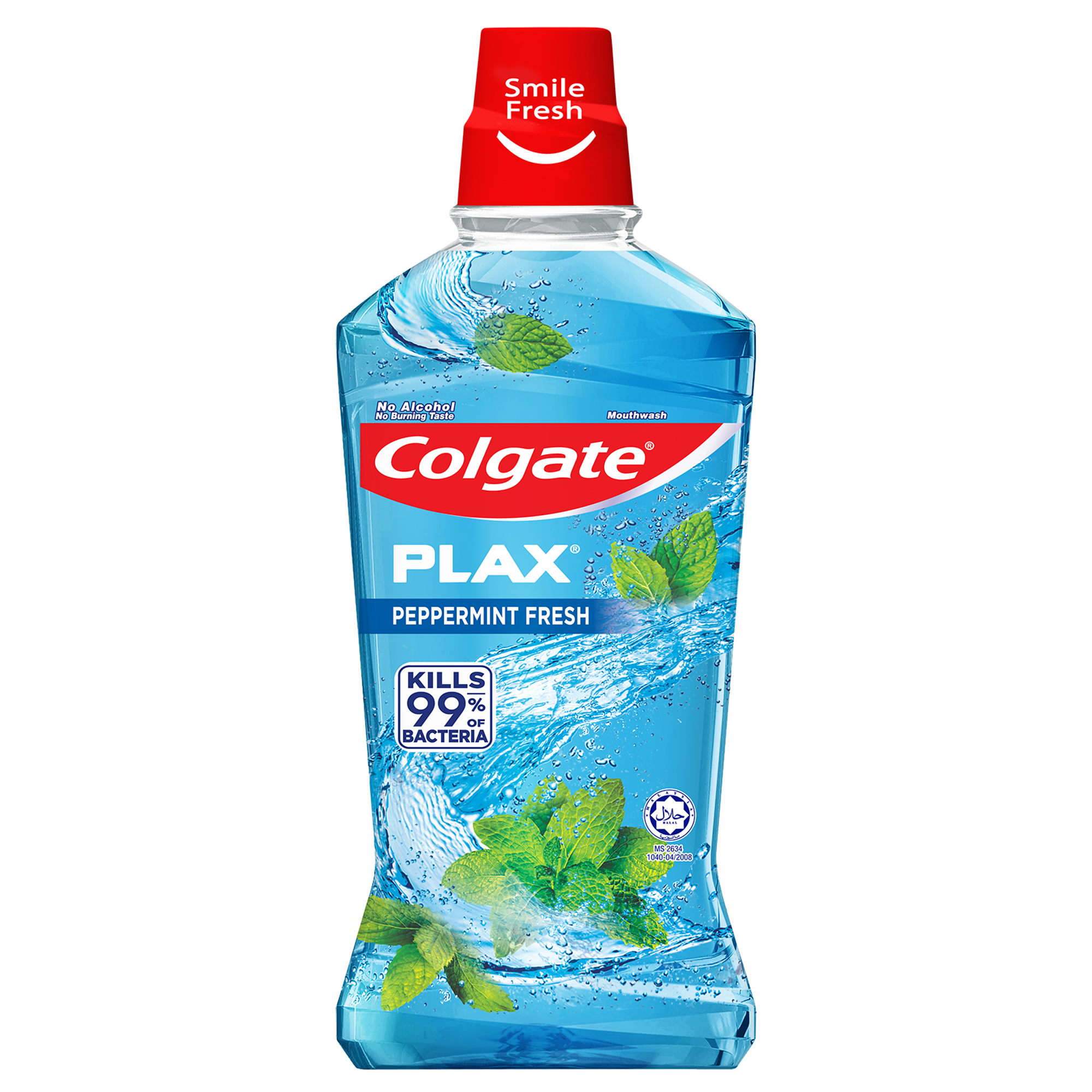- Oral Health and Dental Care | Colgate®
- Oral Health
- Common Questions About Mouthwash


Even if you're an old pro at brushing and flossing your teeth, you may not be quite as savvy about mouthwashes, their benefits and the proper way to use them. Mouthwash novices, take notice: This oral care product can provide an extra boost of protection for your gums and teeth. Keep reading to find out more before you add this refreshing step to your regular oral health care routine.
What are the Benefits?
According to the American Dental Association (ADA), mouthwashes can reduce gingivitis, slow down the formation of tartar on your teeth, prevent tooth decay and freshen your breath. Different mouthwashes use different elements to accomplish these tasks, but the common ingredients include antimicrobial agents that kill bacteria in your mouth, fluoride that repairs damaged enamel and astringent salts that cover up bad breath.
Even though brushing and flossing should be your primary methods of fighting against gum disease and cavities, mouthwashes can offer additional protection, and they may be especially beneficial for people who have trouble with brushing and flossing.
Which Comes First?
When it comes to the order of oral care, it doesn't matter whether you use a mouthwash before or after you brush and floss. Instead of focusing on what to pick up first when you're standing at the bathroom sink, simply make sure you're using the proper technique and doing a thorough job of all three.
While various mouthwashes come with different instructions, it's usually best to keep the mouthwash in your mouth for at least 30 seconds and swish it thoroughly to ensure that it comes in contact with all of your teeth.
Can Kids Use Mouthwash?
Young children can be at risk for swallowing their mouthwashes instead of spitting them out, so the ADA warns parents against letting kids age six and younger use mouthwashes with fluoride. However, fluoride mouthwashes can help fight cavities, so it remains a beneficial product for most older kids and adults.
If you're worried that your child will swallow the mouthwash the first time they use it, let them practice swishing with water. Once they get used to keeping the liquid in their mouth without swallowing it, you can switch to the real thing. To make sure they're swishing and holding it in their mouth for the correct period of time, it's helpful to supervise their oral care routine or, better yet, brush, floss and rinse alongside them so they can copy your good habits.
Related Articles

You're relaxing after a day at work or spending time with your family when you feel a sharp pain in your mouth. If you have a history of dental problems – such as infection in gums, teeth or even cavities – the pain could be related to a dental abscess.There are two types of dental abscess: A periapical, or tooth abscess, affects the root of the tooth. The other type, a periodontal (gum) abscess, affects the gums. The latter usually occurs in severe cases of periodontal disease, when the gums have pulled away from the teeth, causing pockets to form. Both types of abscess consist of small pockets that fill with bacterial pus. With the right treatment, you can recover from either type and regain control of your oral health.

Flossing is important for good oral health. If you have difficulty using string floss, talk to your dentist about alternatives, like a water flosser.


Helping dental professionals
More professionals across the world trust Colgate. Find resources, products, and information to give your patients a healthier future










